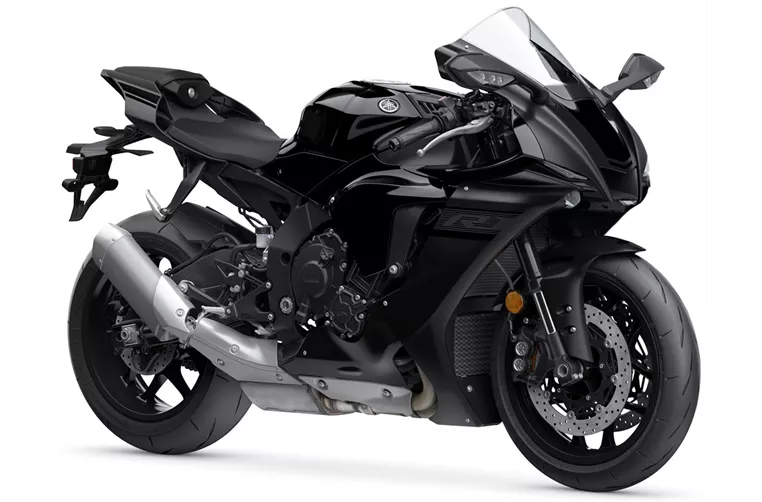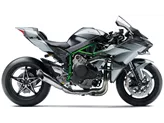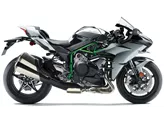Kawasaki Ninja H2 2015 vs. Yamaha R1 2020

Kawasaki Ninja H2 2015
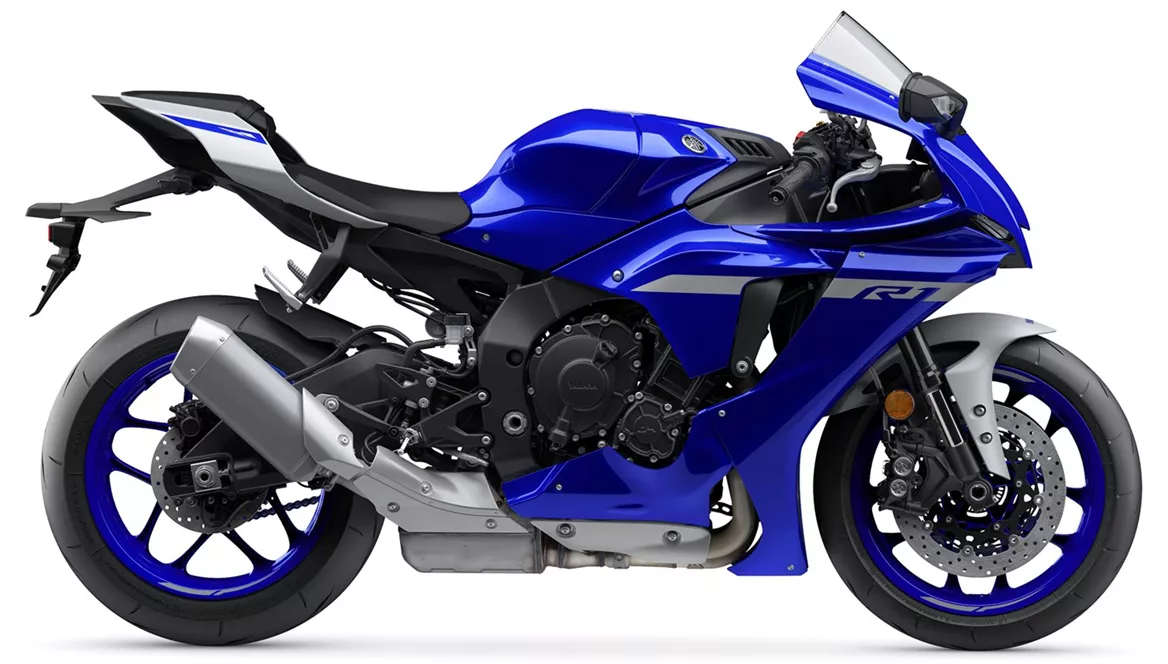
Yamaha R1 2020
Visão geral - Kawasaki Ninja H2 2015 vs Yamaha R1 2020
The Kawasaki Ninja H2 2015 and the Yamaha R1 2020 are both powerful supersport motorcycles with similar engine specifications. Both models have a 998cc engine with 4 cylinders and 4 valves per cylinder. They also have a DOHC valve configuration. However, there are some differences in their engine specifications.
The Kawasaki Ninja H2 2015 has a bore of 76mm and a stroke of 55mm, while the Yamaha R1 2020 has a slightly larger bore of 79mm and a shorter stroke of 50.9mm. Both models have a power output of 200 HP, but the Kawasaki Ninja H2 2015 has a higher torque of 133.5 Nm compared to the Yamaha R1 2020's torque of 112.4 Nm. The Kawasaki Ninja H2 2015 has a lower compression ratio of 8.5, while the Yamaha R1 2020 has a higher compression ratio of 13.
In terms of suspension, both models have a telescopic front fork, but the Yamaha R1 2020 has a "upside-down" configuration, which is generally considered to be more advanced and provides better handling. The chassis of the Kawasaki Ninja H2 2015 is made of steel, while the Yamaha R1 2020 has an aluminum frame. The Yamaha R1 2020 also has a Deltabox frame, which is known for its rigidity and stability.

Kawasaki Ninja H2 2015
Both models have dual disc brakes at the front, providing strong stopping power. The Kawasaki Ninja H2 2015 has a front tire width of 120mm and a rear tire width of 200mm, while the Yamaha R1 2020 has a slightly narrower rear tire width of 190mm. Both models have a 17-inch diameter for their front and rear tires.
In terms of dimensions, the Kawasaki Ninja H2 2015 has a longer wheelbase of 1455mm compared to the Yamaha R1 2020's wheelbase of 1405mm. The seat height of the Kawasaki Ninja H2 2015 is 825mm, while the Yamaha R1 2020 has a higher seat height of 855mm. The Kawasaki Ninja H2 2015 also has a higher curb weight of 238kg with ABS, compared to the Yamaha R1 2020's curb weight of 199kg with ABS. Both models have a fuel tank capacity of 17 liters.
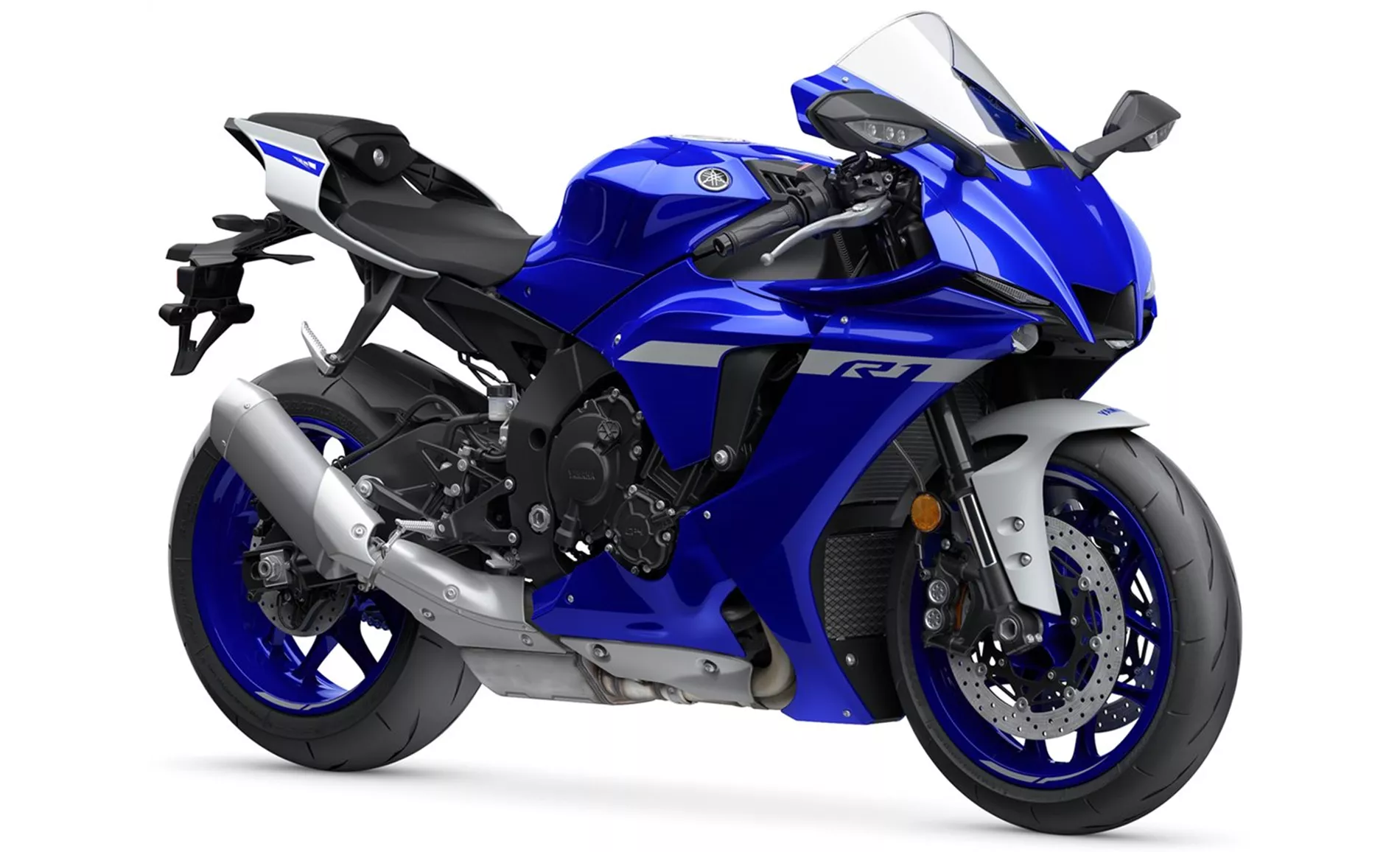
Yamaha R1 2020
In terms of strengths, the Kawasaki Ninja H2 2015 is praised for its excellent build quality, fascinating turbocharged engine, and exceptional traction, acceleration, and speed. It also offers a narrow seat for a secure riding position and inspires confidence despite its high performance. The Yamaha R1 2020 is praised for its powerful engine, clean response, excellent sound, stable chassis, and high-quality electronics. It is also considered to have a noble overall impression.
However, both models have some weaknesses. The Kawasaki Ninja H2 2015 is criticized for its response behavior in the transition from push mode to acceleration phase, as well as its tendency to understeer in fast corners. It may also be difficult for taller riders above 185cm to fit their feet into the overall aerodynamic concept. On the other hand, the Yamaha R1 2020 is noted to have a less satisfactory brake performance on the race track.
Overall, both the Kawasaki Ninja H2 2015 and the Yamaha R1 2020 are high-performance supersport motorcycles with their own strengths and weaknesses. The choice between the two would ultimately depend on the rider's preferences and priorities.
Especificações técnicas Kawasaki Ninja H2 2015 em comparação com Yamaha R1 2020
Prós e contras em comparação
Prós e contras em comparação
Kawasaki Ninja H2 2015

A Ninja H2 representa um marco na história das motos. Não só está repleta de inovações electrónicas, como também oferece tecnologias completamente novas em termos de construção e mecânica do motor. Este objeto de investigação de alta tecnologia de uma empresa tecnológica japonesa está atualmente à venda e também pode ser conduzido. Basicamente, anda como uma mota normal, mas com muito mais potência. No início, a resposta do motor é um desafio, mas os fanáticos por velocidade encontrarão uma forma de conduzir e desfrutar desta fascinante mota.
Yamaha R1 2020
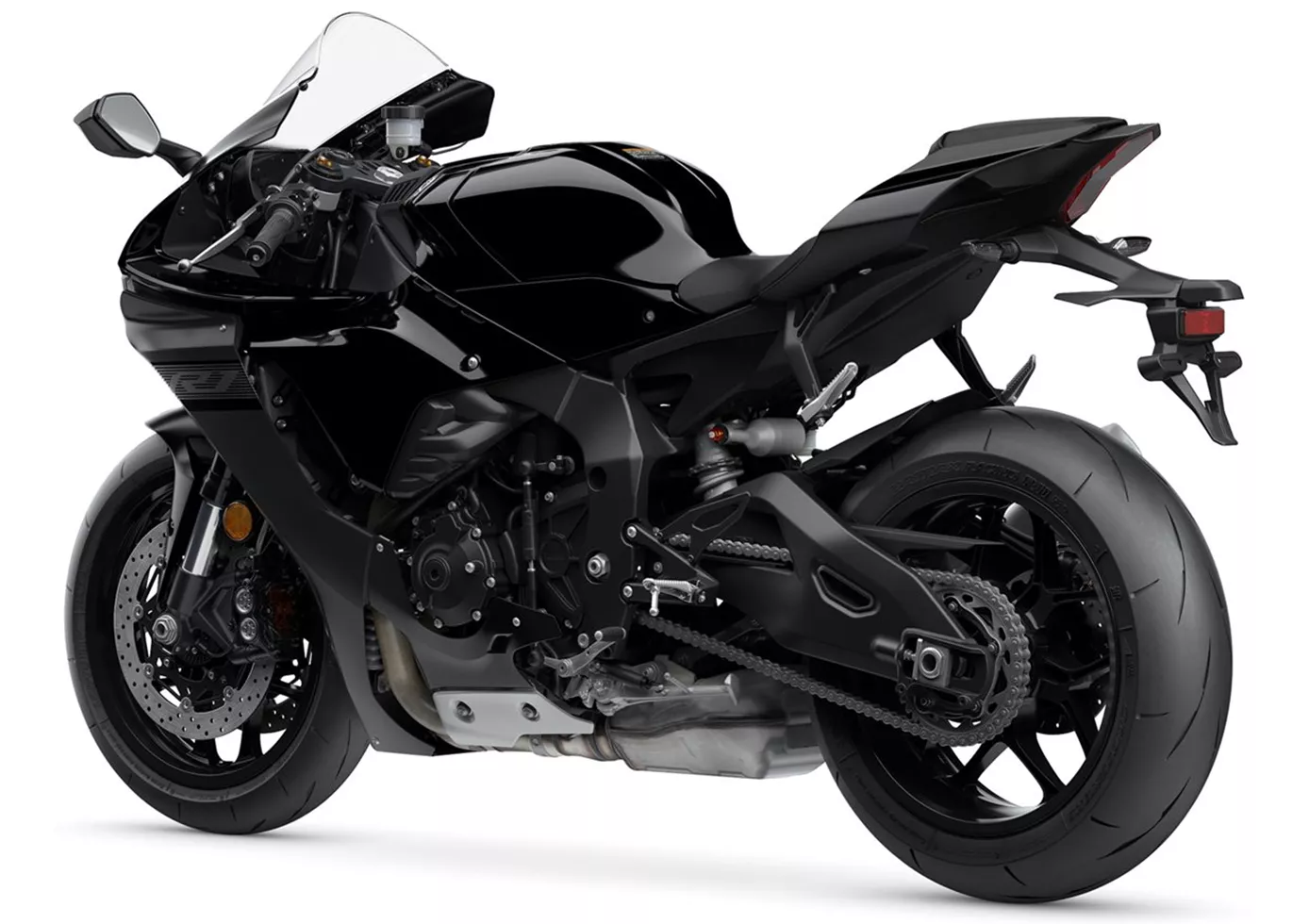
A Yamaha YZF-R1 está madura e faz a felicidade de inúmeros pilotos de pista. O motor brilha com leveza e agilidade, a posição do assento surpreende positivamente e o manuseio é radical, mas ainda "adequado para as massas". A máquina imediatamente se destaca visualmente e também por causa do som de aquecimento do coração. Especialmente na estrada rural, a moto pontua com os seus pontos fortes bem conhecidos: grande motor, grande eletrónica, grande pacote! Um verdadeiro prazer de conduzir!
Comparação de preços Preço médio de mercado Kawasaki Ninja H2 vs Yamaha R1
There are a few key differences between a Kawasaki Ninja H2 2015 and a Yamaha R1 2020. In terms of price, the actual average price of a Kawasaki Ninja H2 2015 is about 13% higher. A Kawasaki Ninja H2 2015 experiences a loss of 7 460 EUR in one year of ownership. This is offset by a loss of 1 530 EUR for a Yamaha R1 2020. Compared to Yamaha R1 2020 there are less Kawasaki Ninja H2 2015 bikes available on the 1000PS.de Marketplace, specifically 4 compared to 9. It takes less time to sell a Yamaha R1 with 86 days compared to 153 days for the Kawasaki Ninja H2. Since model year 2015 1000PS.de editors have written 27 reviews for the Kawasaki Ninja H2 and 80 reviews for the Yamaha R1 since model year 2005. The first review for the Kawasaki Ninja H2 was published on 31/08/2014 and now has more than 5 600 views. This compares to more than 3 900 views for the first review on Yamaha R1 published on 28/04/2003.

